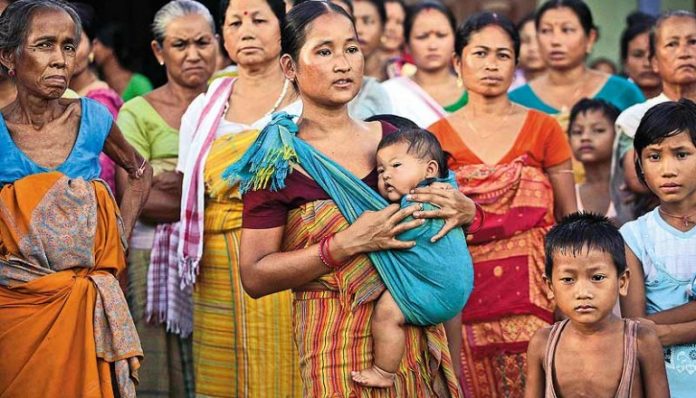Kolkata, (IANS): Assam’s suggestion of implementing a two-child policy is not only “unnecessary” but is also “anti-women” and “anti-poor”, says an expert.
“Assam’s total fertility rate (TFR) at 2.2 is not too far from India’s replacement level fertility, which is 2.1. Therefore, the suggestion of implementing a two-child policy would not only be unnecessary but also grossly severe,” Poonam Muttreja, Executive Director, Population Foundation of India, told IANS over email.
“In the past, in Uttar Pradesh, Rajasthan and Madhya Pradesh when the law in these states debarred women with more than two children from contesting panchayat elections, we saw an increase in sex-selective abortions, women being deserted, and women giving their children up for adoption,” she said.
Muttreja said the policy is “a violation of a couple’s prerogative to a rights-based approach to family planning, and indicates that numbers matter more than people do”.
She said this proposed method of family planning based on disincentives and incentives is “anti-women, anti-poor, compromises human rights, and also India’s commitment to a rights-based approach to family planning”.
Barring the two-child norm, she said, Assam’s draft population policy is “progressive” and focuses on increasing the age of marriage and making education free till the university level.
“These measures will lower the TFR without coercion or discrimination,” Muttreja said.
Replacement level fertility is the level of fertility at which a population exactly replaces itself from one generation to the next. In developed countries, replacement level fertility can be taken as requiring an average of 2.1 children per woman.
Long-term impacts of restrictive policies, like China’s ‘one-child policy’, could lead to skewed demographics. In 2015 China scrapped its infamous 35-year-old one-child policy.
Muttreja pointed out the country is in the midst of a population crisis.
“The long-term impact of such a restrictive policy includes skewed demographics, gender imbalance, increasing age dependency, and shrinking age of working population,” she said.
Moreover, studies have shown that the reduction in the fertility rate in China might not necessarily have been because of the one-child policy.
“The overall development of the country during that time increased the income and education levels of the people, thereby contributing to lower birth rates,” she said.
Citing examples of Kerala and neighbouring Sri Lanka, Muttreja batted for introduction of non-coercive policy measures.
The National Family Health Survey 4 revealed a 12.9 per cent gap in the availability of modern methods of contraception and other family planning services.
“The government can focus on raising awareness about modern contraceptives and spacing methods, while also making these services available and accessible to all. Family planning services have a direct impact on improving maternal mortality and child mortality, ensuring that the population is stable and healthy,” she added.

